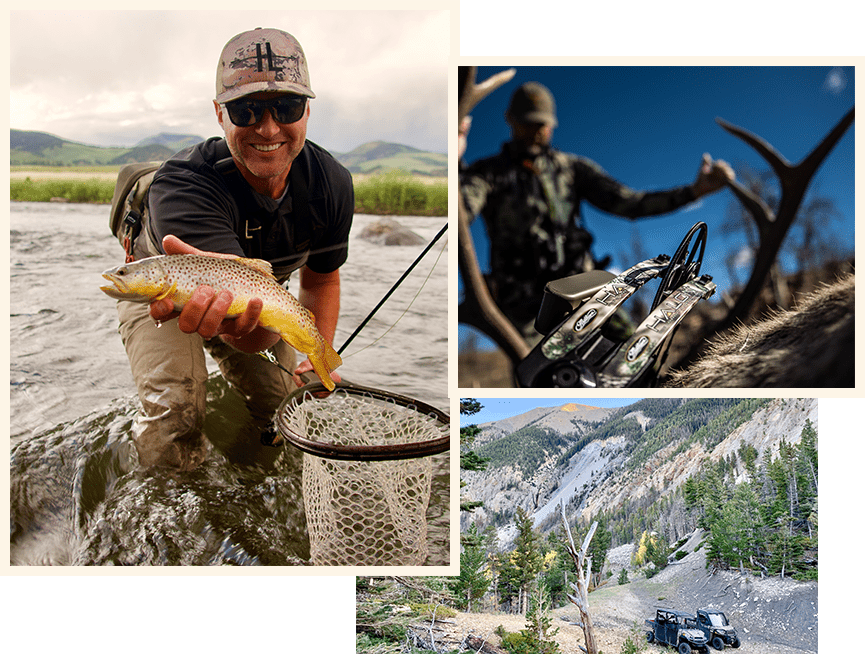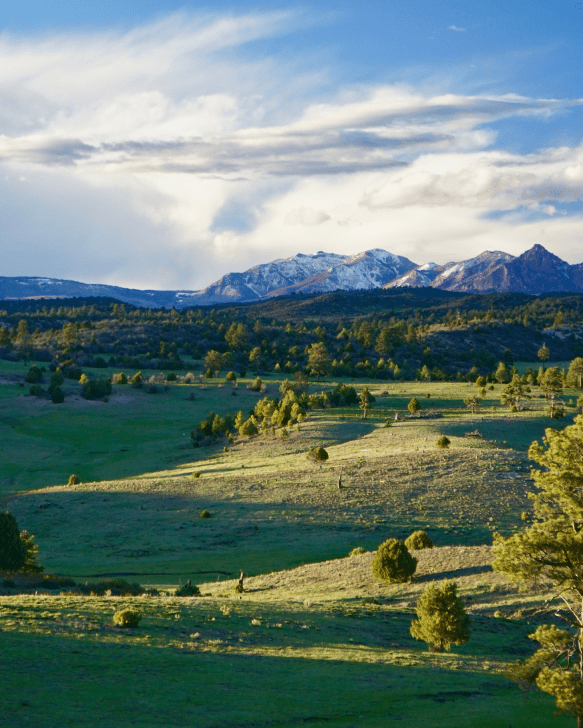What motivates cold-weather anglers to brave the elements? Those outdoors enthusiasts who buy fishing ranches must know the secret value of fly fishing in freezing waters, don’t you think? Maybe we can discover their secrets. Otherwise, as simple wannabes, we’ll all be huddled inside practicing fly tying – or avoiding the sport altogether. But if the clear, quiet tone of winter inspires you, let’s find reasons to conquer the cool, calm waters. And the fish.
Winter is the season to advance your fly fishing skills. If you’d like to try your rod out this year, be aware of pointers offered by anglers who know the waters. While Ernie Schwiebert would gladly turn you into an impressive fisher or guide with his classic two-volume set, Nymphs: A Complete Guide to Naturals and Imitations, we’ll stick to fishing in the cold. Fishing tailwaters could keep you in the game. See Tailwaters below.
Expectations – Cold Weather Fly Fishing
Let’s get an idea of what to expect. Summer and winter fishing techniques and strategies. Winter fishing contrasts with summer fishing as hardball does to softball. It’s quite a different game.
Even anglers who own recreational ranches can get frustrated by the challenges of winter fishing. When it’s cold outside, it’s quiet and fishers usually find themselves alone. Only the few will consider fishing in unpleasant weather. After all, everything slows down to a snail’s pace. Cold hands, lips, and cheeks replace nimble summertime comforts.
And, although we hope the fish will bite, they swim slowly and often take longer to strike. In fact, the cold causes trout to lay low. Conserving energy, the favored trout hang out, waiting for food to come within a few feet. Let’s explore how to overcome winter obstacles.
Cold Weather Fly Fishing Tips
-
- Get good gear. Be prepared to counteract the freezing water.
- Stay away from high water, dirty, or flood water.
- Plan a strategy. Preparation of a fly fishing presentation and technique gets the ball over the plate. In this case, get very near the fish.
- Slow down and pursue the fish.
- Look for deep calm water, the common winter habitat for fish.
- Size down your bait. For example, try imitating tiny black stoneflies or midges. Keep the flies small. Trout will eat minnows and crayfish but won’t chase them far.
- Fish deep and slowly in still water.
- Use a long, light tippet and inconspicuous line.
- To accurately hit your target during the winter, use nymphs and a dead drift. Accuracy means success. You must get very close as fish metabolism slows down in the cold.
- Keep your motions calm. In other words, skip the aggressive techniques like fast swinging wet flies or stripping streamers. Remember, in the cold winter waters, a fish can see you in the dome above its head.
- The Great Outdoors may present a twist. Don’t be afraid to be creative to overcome obstacles.
- Vanquish a brutal cold front by breaking down ice in the middle of prime runs. You may be surprised to see how very hungry fish appear during the day to get whacked.
- Fish tailwaters early in the morning and colder streams during the afternoon when it is warmer.
- Remember, fish need to eat and you’re coming to feed them.
Headwaters
Headwaters originate high in the mountains. They form from snow and join tributaries before turning into beautiful freestone streams. Headwaters will eventually flow into large rivers, lakes and reservoirs, and over dams
Tailwaters Below Dams
Now, if this scares you away from the cold or if you’d simply like more company, head over to tailwaters where the water is warmer. Rivers that have been damaged for hydropower. During the winter the operators reduce the power generation. This causes fast flowing rivers to turn into long stretches of wadable water. Freestone areas often flow into dams and tailwaters pool below dams.
Manmade and regulated, these dams create consistent year-round water temperatures. If you have practiced during warmer weather, your nymphs may work perfectly. But you could get a surprise. After a couple days of warmer weather and sunny skies, there may be a nice hatch of blue-winged olives and midges. Caddisflies can also be found on the smaller streams. You’ll find more fish and bigger fish in the tailwaters.
Benefits of Cold Weather Fly Fishing
What could possibly cause anglers to brave the cold? Without saying, diehard anglers love the outdoors. They love fresh air, serene surroundings, natural beauty, and the fascinating journey to lure fish. You might say cold weather fishing is exhilarating.
Fishing and Recreational Ranches for Sale
If you’d like to learn about fishing properties or recreational ranches in the Rocky Mountains, call the father/son team at Harrigan Land Company at 303-908-1101. Ask them for their cold weather flyfishing tips.
And, yes, cold is relative. You might opt to invest in fishing ranches down South where they stock stretches of river designated as single-hook, catch and release waters during what they call cold weather. Regardless, we can help you find a fishing property and haul in your 20-inch trout.


